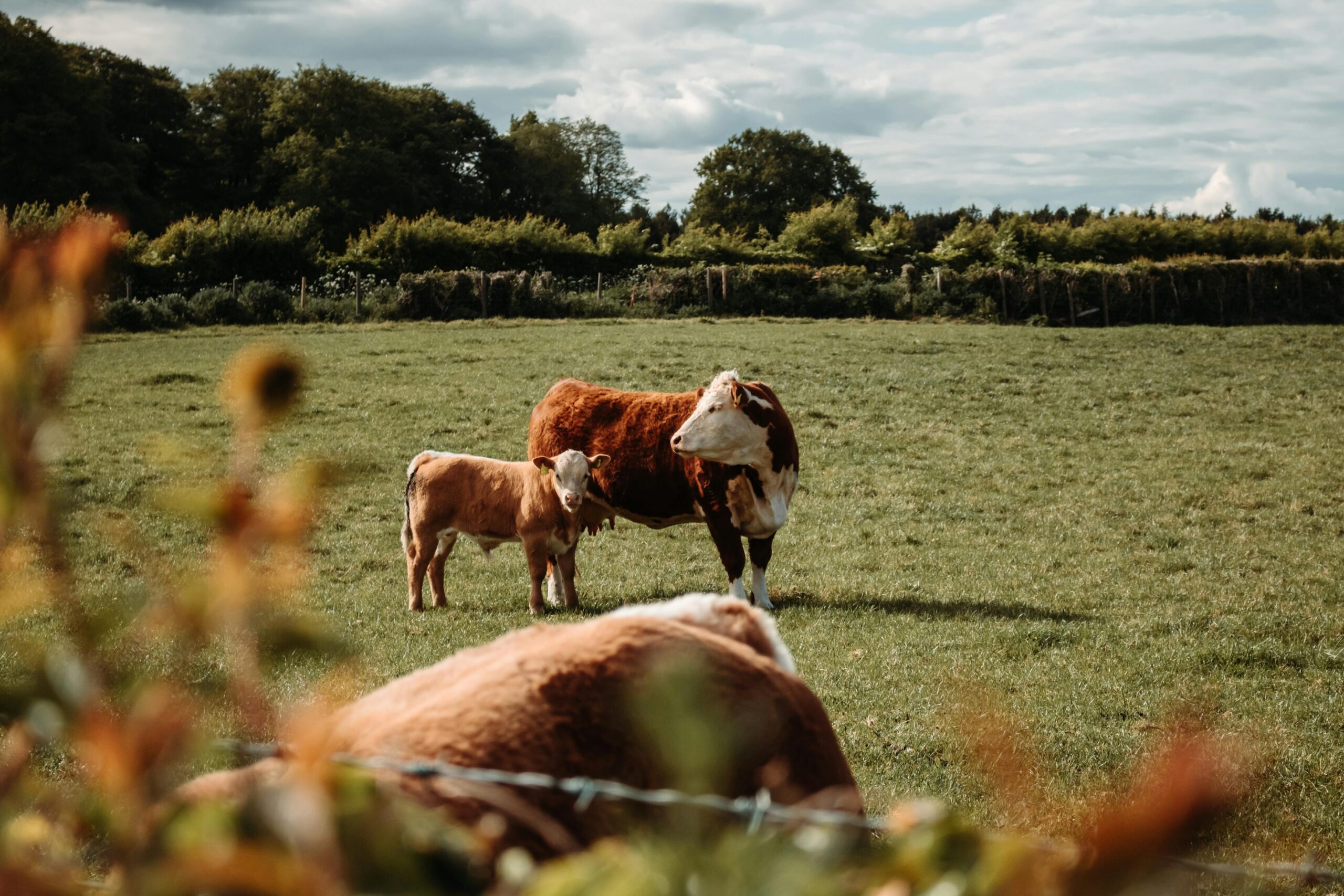AB Direct - Steers
Rail: 493.00-495.00 del
AB Direct - Heifers
Rail: 493.00-495.00 del
US Trade- Steers
Rail: 355.00 (IA, NE)
US Trade - Heifers
Rail: 355.00 (IA, NE)
Canadian Dollar
0.06

New insights into “low-stress” weaning
This article was first published in Volume 4 Issue 3 of ABP Magazine (September 2024). Watch for more digital content from the magazine on ABP Daily.
This story was brought to you in partnership with Olds College of Agriculture and Technology.
Cow-calf producers Lance and Karyn Neilson (Neilson Beef) sought advice from Dr. Désirée Gellantly, Research Scientist, Technology Access Centre for Livestock Production (TACLP), Olds College of Agriculture and Technology, regarding weaning methods. To explore this topic, the Neilsons partnered with TACLP through a fee-for-service arrangement. The goal was to evaluate the effectiveness of two-stage weaning methods (fenceline and nose-flap) compared to abrupt weaning in terms of animal health, welfare and growth performance.
TACLP assessed over 42 days post-weaning the incidences of clinical health issues like coughing/sneezing, nasal discharge and diarrhea. Nasal discharge was the most significant indicator observed, with 17.5 per cent of the calves affected. Both control groups showed the highest incidences, followed by the nose-flap, while fenceline had the least incidence. Additionally, 92 per cent (23/25) of nose-flap calves had wounds in their nasal septum immediately after device removal, with 72 per cent of these wounds persisting for up to 14 days.
Fenceline and control-weaned groups maintained similar weights up to 14 days post-weaning and were on average 30 pounds heavier than the nose-flap group. This suggests that producers using nose-flap weaning may see compromised weights by the time the nose device is removed. Additionally, by day 42 post-weaning, fenceline calves were 17.7 pounds heavier than nose-flap calves – but showed no significant difference compared to control-weaned calves.
The control-weaned calves might have already been partially weaned by their mothers while on pasture, as they were 10 months old and creep-fed, which could have influenced the results in comparison to fenceline. If a producer opts for abrupt weaning, acclimating calves to eating from a feed bunk beforehand may help alleviate the stress associated with abrupt weaning. More studies are recommended to confirm this hypothesis. The fenceline method, along with demonstrating better growth performance compared to the nose-flap, also showing a greater potential for reducing illness in cattle post-weaning, compared to the others method.
